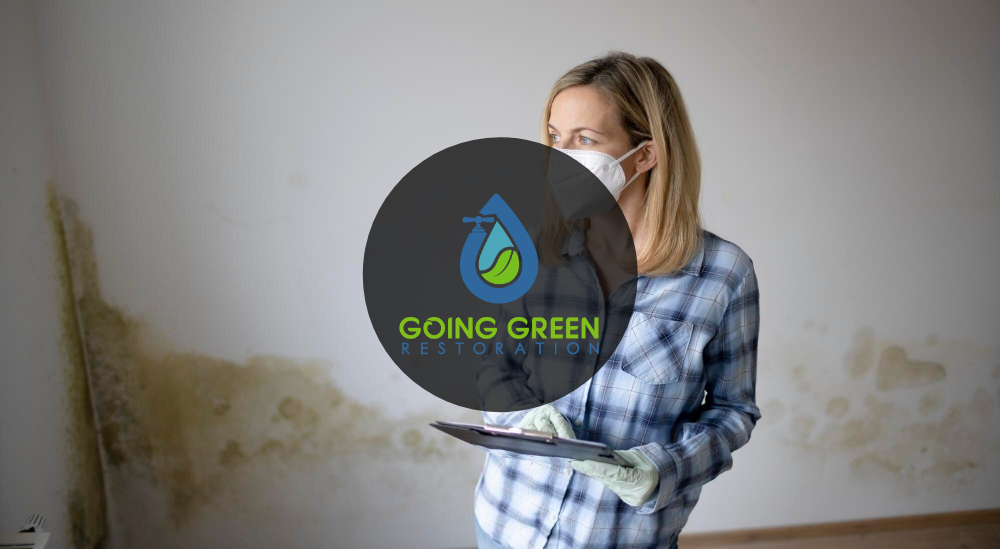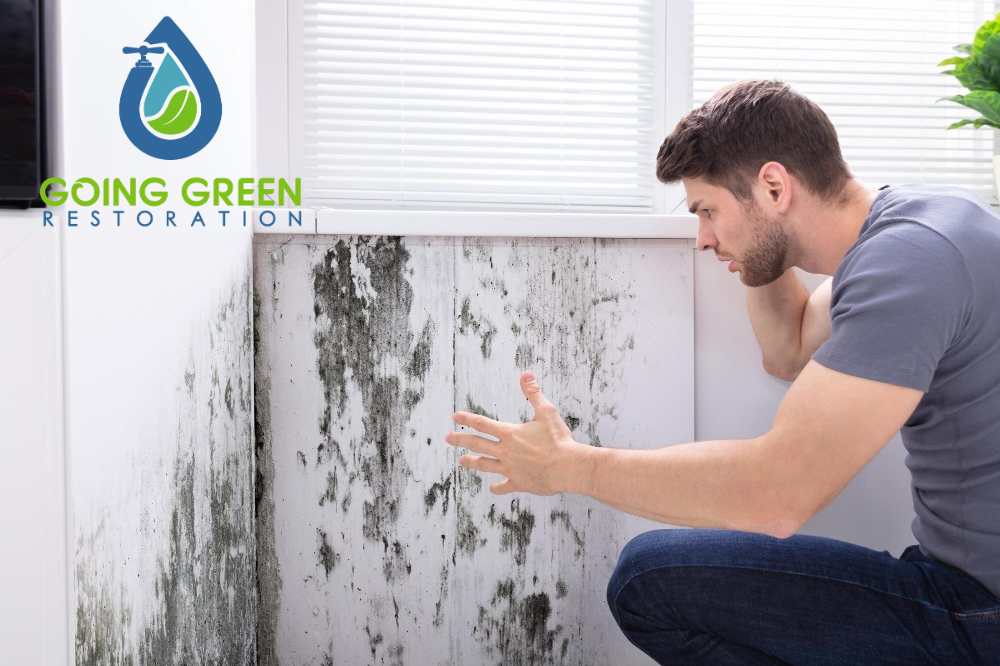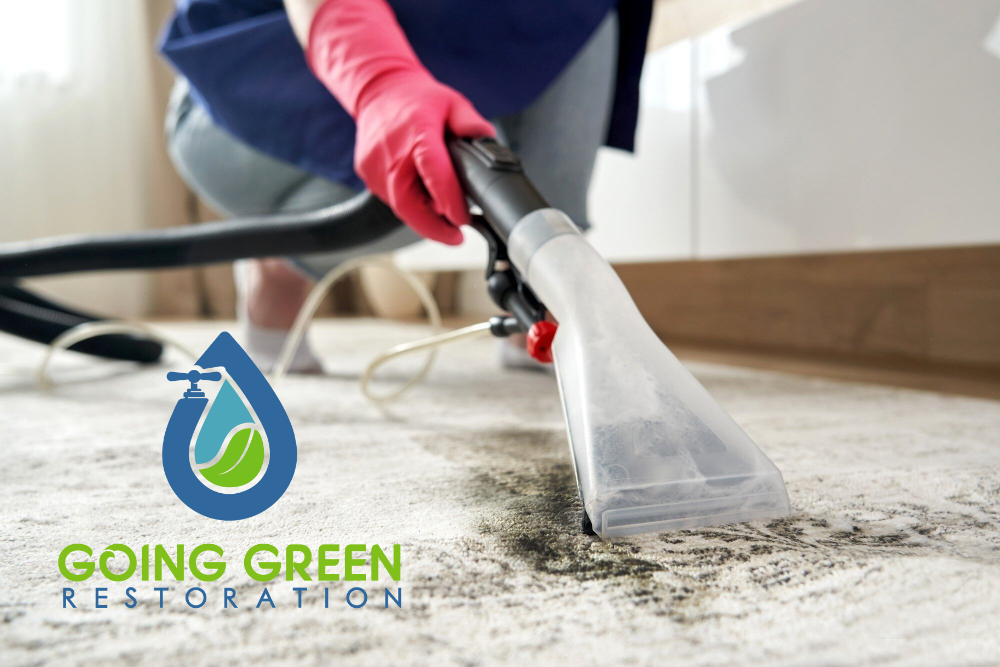How to Prevent Mold Growth After Water Damage in Orlando
Water damage is one of the most challenging issues homeowners and businesses in Orlando, Florida face. Whether caused by heavy rains, plumbing leaks, or floods, water damage often leads to mold growth, which can pose serious health risks and compromise the integrity of your property. Understanding how to prevent mold after water damage is crucial for maintaining a safe, healthy environment.
This comprehensive guide highlights essential steps to safeguard your home or business, emphasizing expert services like Orlando Water Damage Restoration and Mold Removal Orlando.
Understanding the Mold Threat After Water Damage
Mold thrives in damp environments, and after water damage, your property becomes an ideal breeding ground. Within 24-48 hours, mold spores can begin to multiply on wet surfaces, including walls, ceilings, floors, and furniture. This rapid growth can cause:
- Health problems: Allergies, respiratory issues, and infections.
- Structural damage: Weakened walls, ceilings, and foundations.
- Aesthetic concerns: Unsightly stains and foul odors.
Given these risks, addressing water damage immediately with services like Orlando Flood Damage Repair is essential.
First Steps After Water Damage: Acting Quickly
Acting swiftly is the most effective way to prevent mold growth after water damage. Here’s what you should do:
- Assess the Damage Inspect the affected area to understand the extent of water damage. Look for wet or damp spots on walls, ceilings, carpets, and furniture.
- Remove Standing Water Use pumps, vacuums, or mops to eliminate standing water. This step reduces moisture levels and minimizes the chance of mold development.
- Ventilate the Area Increase airflow by opening windows and using fans or dehumidifiers. Proper ventilation helps dry out the space quickly.
For larger or more severe cases, contact a professional Orlando Restoration Company to ensure thorough water removal and drying.
Professional Water Damage Restoration Services in Orlando
While some homeowners may attempt to manage water damage on their own, professional services like 24/7 Emergency Restoration Orlando are essential for comprehensive and effective restoration. Certified restoration companies utilize advanced techniques and equipment to:
- Extract water efficiently.
- Dry and dehumidify affected areas.
- Inspect for hidden moisture.
- Perform necessary repairs to prevent future damage.
Trusting experts ensures your property is restored to pre-damage conditions while minimizing the risk of mold growth.
Tips for Preventing Mold Growth After Water Damage
Preventing mold growth after water damage requires diligent effort and attention to detail. Here are actionable steps to keep your property mold-free:
1. Dry All Surfaces Completely
Even after removing standing water, residual moisture can remain in carpets, upholstery, and walls. Use industrial-grade fans and dehumidifiers to accelerate the drying process.
2. Dispose of Contaminated Items
Water-damaged materials like drywall, insulation, and carpets often become breeding grounds for mold. Dispose of irreparably damaged items promptly.
3. Monitor Humidity Levels
Maintain indoor humidity levels below 50% using a hygrometer. High humidity encourages mold growth, so invest in a quality dehumidifier for your property.
4. Use Mold-Inhibiting Products
Apply mold inhibitors to walls, furniture, and carpets to reduce the likelihood of mold returning after water damage restoration.
5. Regular Inspections
Schedule regular inspections with Orlando Emergency Mold Remediation professionals to ensure your property remains mold-free.
Why Mold Removal Is Best Left to Professionals
DIY mold removal is risky and often ineffective. Mold can penetrate deeply into porous materials, making it difficult to remove without specialized equipment and expertise. Professional 24 Hour Mold Removal Services Orlando offer:
- Safe mold remediation practices.
- Thorough inspection and testing.
- Effective cleaning and decontamination.
- Prevention measures to avoid recurrence.
Attempting mold removal without proper training can worsen the problem and pose health risks. Trust experts to handle this complex task efficiently.
Long-Term Mold Prevention Strategies
Preventing mold growth goes beyond addressing immediate water damage. Implementing long-term strategies ensures your property remains safe and healthy.
1. Improve Drainage
Ensure proper drainage around your home to prevent water from seeping into the foundation. Regularly clean gutters and downspouts to avoid blockages.
2. Waterproof Your Property
Apply waterproofing materials to your basement, walls, and roof to reduce water infiltration during storms.
3. Repair Leaks Promptly
Fix plumbing leaks, broken pipes, or faulty roofing as soon as they occur to minimize moisture buildup.
4. Maintain HVAC Systems
Regularly service your HVAC system to prevent condensation and mold growth in vents and ducts.
5. Educate Yourself
Understanding the signs of water damage and mold growth empowers you to take proactive steps. Utilize resources like the CDC’s mold prevention guidelines for additional tips.
The Role of Emergency Services in Mold Prevention
In emergencies, every minute counts. Immediate response services like Orlando Water Clean Up & Restoration are critical to mitigating water damage and preventing mold. These 24/7 services ensure:
- Rapid water extraction.
- Advanced drying techniques.
- Immediate mold remediation if necessary.
Having access to reliable emergency restoration services gives homeowners peace of mind and protects their property.
Benefits of Choosing an Experienced Orlando Restoration Company
Working with an experienced Orlando Restoration Company offers numerous benefits:
- Expertise: Professionals understand the complexities of water damage and mold growth.
- State-of-the-Art Equipment: Advanced tools ensure efficient restoration.
- Peace of Mind: Knowing your property is in capable hands reduces stress during emergencies.
Choosing a trusted restoration company ensures long-term solutions and quality results.
External Resources for Additional Support
Educating yourself about mold prevention and water damage is vital. Here are some authoritative resources for further information:
- FEMA’s Mold and Mildew Resource provides insights into handling mold after disasters.
- The EPA’s Mold Guide offers tips on cleanup and prevention.
- Ready.gov includes valuable advice on preparing for and recovering from floods.
Protecting Your Property: Final Thoughts
Water damage and mold growth can wreak havoc on your property, but timely action and professional help make a significant difference. By utilizing services like Water Damage Repair Orlando and Orlando Residential Mold Remediation, you can protect your home or business from long-term damage.
Preventive measures, combined with expert restoration services, ensure your property remains safe, clean, and free from mold, even after severe water damage.
FAQs
- How quickly should I address water damage to prevent mold?
It’s crucial to address water damage within 24–48 hours to significantly reduce the risk of mold growth. Mold thrives in damp environments, and the longer water is left untreated, the higher the chances of mold developing. Acting quickly ensures your property remains safe and minimizes repair costs. Professional water damage restoration services can efficiently dry out affected areas to prevent mold formation. - Can I handle mold removal on my own?
While small areas of mold, such as surface spots in bathrooms, can sometimes be managed with over-the-counter products, significant mold growth or hidden mold requires professional intervention. DIY efforts might miss underlying issues, allowing mold to return. Professionals use specialized tools and techniques to safely remove mold and prevent regrowth, ensuring a comprehensive solution. - How do professionals detect hidden moisture?
Professionals use advanced tools to detect moisture in areas that may not be visible to the naked eye, such as:- Moisture meters: Measure water content in building materials.
- Thermal imaging cameras: Identify temperature variations that indicate moisture.
These tools help locate hidden dampness behind walls, under floors, or in HVAC systems, ensuring thorough remediation.
- What are the health risks of mold exposure?
Mold exposure can cause various health problems, especially in sensitive individuals, including:- Allergic reactions: Sneezing, runny nose, and skin irritation.
- Respiratory issues: Coughing, wheezing, or shortness of breath.
- Asthma complications: Mold can trigger or worsen asthma symptoms.
Prolonged exposure to mold can lead to more severe conditions, emphasizing the importance of prompt remediation.
- Are mold inhibitors safe to use in homes?
Yes, most mold inhibitors are safe for residential use. These products are designed to be applied to surfaces prone to moisture, such as walls, ceilings, or basements, to prevent mold growth. However, it’s essential to choose non-toxic, eco-friendly products and follow manufacturer instructions for safe application. - What should I do if my HVAC system has mold?
If you suspect mold in your HVAC system, turn it off immediately to prevent mold spores from spreading throughout your home. Contact a professional HVAC cleaning service to thoroughly clean and disinfect the system. Regular maintenance and installing a dehumidifier can also help prevent future mold growth in HVAC units. - How often should I inspect my property for mold?
Conduct property inspections for mold at least once a year. Additional inspections are recommended after events like flooding, water leaks, or high humidity levels. Regular checks help identify issues early and prevent costly remediation efforts down the line. - Is water damage always visible?
No, water damage is not always apparent. It can be hidden behind walls, under flooring, or within ceilings. Signs like discoloration, warping, musty odors, or peeling paint may hint at hidden water damage. Professional assessments using moisture detection tools can uncover hidden issues and prevent long-term structural problems. - Can mold grow in air conditioning systems?
Yes, mold can grow in air conditioning systems if moisture accumulates inside due to poor drainage, humidity, or inadequate maintenance. Regularly cleaning and servicing your AC unit, along with using a high-efficiency particulate air (HEPA) filter, can help prevent mold growth in the system. - What is the difference between mold removal and mold remediation?
- Mold removal: Refers to physically eliminating mold from surfaces.
- Mold remediation: A comprehensive process that includes mold removal, addressing the underlying cause (such as water leaks), and implementing preventive measures to avoid future mold growth.
Remediation ensures that mold problems are resolved at their root, providing a long-term solution.
By understanding the importance of timely action and professional intervention, homeowners and businesses can safeguard their properties from the adverse effects of water damage and mold. Regular inspections, maintenance, and eco-friendly solutions offered by trusted professionals provide peace of mind and a healthier living environment.
Posted on Behalf of Going Green Restoration USA



